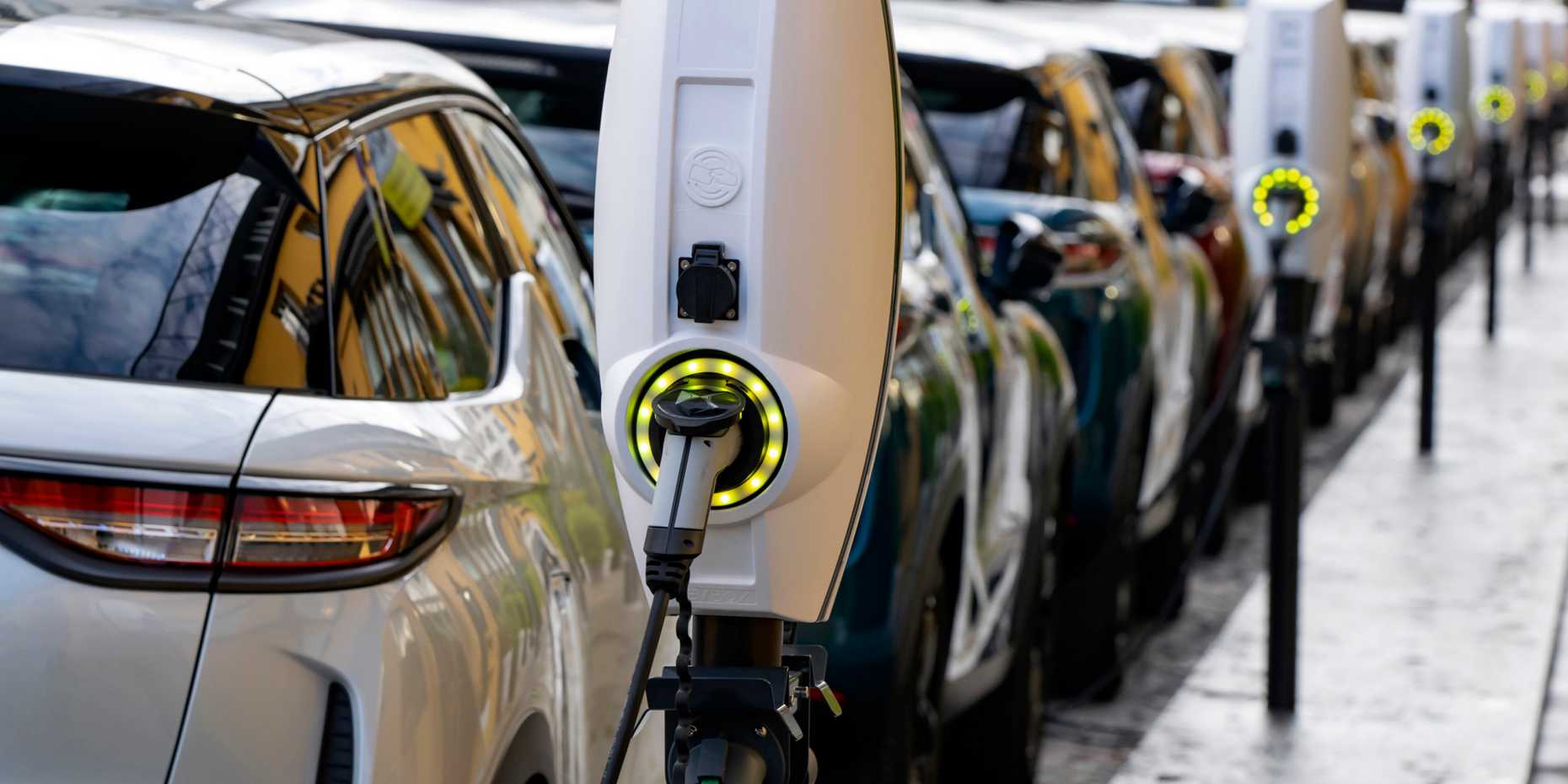A call for charging points at home
For Switzerland to become climate neutral, there’s no way around electric mobility. But to get e-cars going, the public must push for charging stations where people live, argues Anthony Patt.

One of the many changes needed for Switzerland to eliminate greenhouse gas emissions is to make its road mobility electric, with sales on new internal combustion engine (ICE) vehicles to cease by 2030 or soon after. As numerous research studies have shown, battery electric vehicles (BEVs) are the only practical alternative to ICEs within this timeframe, and the alternative with the lowest environmental impact. So what would it take to make 100 percent of new car buyers opt for a BEV?
BEVs are becoming more attractive in terms of price, performance, range, and the growing number of public charging stations, which now outnumber petrol filling stations. Still, range anxiety and the time needed to load an empty battery at a public charging station could make a BEV appear inconvenient to new car buyers.
I’ve concluded that the single most important determinant of whether a BEV is more or less convenient than an ICE is whether one can charge the BEV at home, ideally overnight. It only takes a few seconds to plug in a car at home. If every trip from home begins with a full battery, close to 99 percent of trips can be made with no need for a lengthy stop.1

No right to charge
The problem is that, given the current policies, to charge your car overnight you usually need to own the space where the car is parked, so that you can install the electrical outlet. In Switzerland only about 25 percent of car owners actually do.
My group has surveyed Swiss car owners, asking them whether they would be likely to opt for a BEV for their next vehicle. Of those who owned their parking space, close to 50 percent said that they were likely or very likely to purchase a BEV. Among those who parked their car in a shared parking lot they didn’t own, only about 30 percent expressed a similar willingness. And for those who park on the street, for example in a “blue zone” space in Zurich and other cities, it was less than 25 percent.2
Waiting for a lead
We asked them whether the availability of charging where they work or shop would fully compensate for the lack of charging where they lived. It would not. We also interviewed a sample of apartment building owners and property managers, to find out whether they were planning to equip all of the spaces in their parking lots with chargers. They were not. They were waiting for policy-makers to take the lead.
“Fewer people driving smaller cars fewer kilometres is a worthy policy goal, but it’s essential that every new car on the road be electric.”Anthony Patt
In some countries this has happened. In Norway, the leading nation when it comes to policies promoting BEVs, cities have installed overnight charging in the lots and on the streets where residents park their cars overnight. Last year, Germany passed a bill giving tenants the right to install a charging station for their BEV, and making it compulsory for building owners to upgrade the wiring in the building as necessary for the chargers. But in Switzerland none of this has happened.
A worthwhile investment
Probably the fastest way to change this situation would be if the government were to pay for some or all of the cost of installing chargers, especially in the case of those on the street. We analysed the costs and benefits of this for the city of Zurich, assuming that every charger located at an on-street residential parking space would enable at least one car owner to switch from an ICE to a BEV. We found the local cost savings to society from cleaner air would exceed the costs of installing the charging stations themselves.3 That means that all of us – not just BEV owners – would benefit if our tax money were used in this way.
And what about Swiss voters? We found that when a policy of public support for residential charging stations was framed in terms of local environmental and economic benefits, a majority of voters across the entire political spectrum supported the idea.
Fewer people driving smaller cars fewer kilometres is a worthy policy goal, but it’s essential that every new car on the road be electric. For the switch to BEVs to happen quickly, policy-makers must take steps to ensure that BEV owners can charge their cars where they need it. Even forgetting about climate change, the local environmental benefits of doing so are high enough to justify using public money to make this happen fast.
References
1 Melliger, M., O. van Vliet, and H. Liimatainen (2018). external page Anxiety vs reality – Sufficiency of battery electric vehicle range in Switzerland and Finland. Transportation Research Part D: Transport and Environment, 65: 101-115
2 Patt, A., D. Aplyn, P. Weyrich, and O. van Vliet (2019). external page Availability of private charging infrastructure influences readiness to buy electric cars. Transportation Research Part A: Policy and Practice 125: 1 – 7.
3 Schmutz, M., O. van Vliet, and A. Patt, Local benefits exceed costs for widespread charging infrastructure for on-street urban parking. Unpublished bachelor thesis. In review at Transportation Research Part D: Transport and Environment. Information on request.